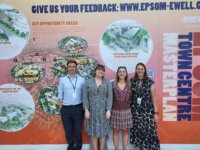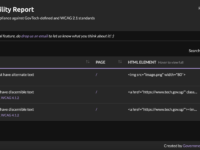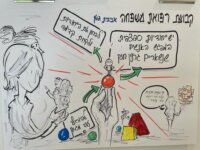The PropTech Engagement Fund was launched in 2021 and has worked with 41 Local Authorities to date on accelerating the adoption of digital citizen engagement tools and transforming community involvement in placemaking. Our ongoing programme is the largest UK Government PropTech Programme, leading on how to work with industry, tech start ups and local governments to increase the diversity and positivity of placemaking conversations and to fast track new digital policy and local housing delivery.
Innovation Tag: Digital and Technology Transformation
In 2017, Korea opened the online platform allowing the public to make policy suggestions, ‘Gwanghwamun 1st street’ as an effort to expand Direct Democracy. Following this lead, Gwanak-gu developed its own online platform, ‘Online Gwanak-gu Office’. ‘Online Gwanak-gu Office’, which is exclusively for Gwanak-gu citizens, utilized user participation during development, and its innovation comes from the integration of various existing public participation routes.
Case Study
National AI supercomputing platform deployed and offered to start ups through a public call
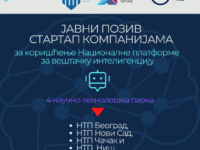
Recognising the importance of artificial intelligence as well as the innovative capacity of start-ups, to support the development of innovative products and ideas, the Government of Serbia deployed a national supercomputing AI platform and offered its resources and trainings free of charge to innovative companies and startups through a public call for proposals.
Purple A11y is a customisable, automated web accessibility testing tool that allows software development teams to find and fix accessibility problems, to ensure all users have access to inclusive digital services, especially the elderly and persons with disabilities (PWDs). It is an open-sourced solution to automate periodic tasks and the testing of government digital services.
Public healthcare in Serbia is transformed through innovative use of mixed reality technology powered by Artificial Intelligence, that increased efficiency and quality of healthcare, minimized risks and efforts, and optimizes procedures. Through remote collaboration, doctors have the same insight into patient’s condition without the need of physical presence, enabling joint real time inputs and medical interventions with experts from anywhere, as well as remote education for medical students.
Case Study
Collections of Ghent – Connecting citizens through digitised cultural heritage reuse and…
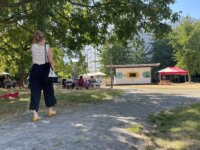
Collections of Ghent is an EU-funded innovation project designed to tackle the urban challenge: How to digitise cultural heritage beyond the cultural institutions, on a city level or higher. And how to use it to improve social cohesion and inclusion within a neighbourhood. It is both a digital transformation project, and a social innovation project where we research how digital cultural heritage can be used in co-creative and participative way.
Case Study
Challenge Tenders – An innovative method of implementing digital solutions to solve urging…
Challenge tenders are a new model designed to solve urging needs of the health system which usually aren't attractive enough for the start-up industry to engage in, such as fall prevention among elders, improvement of geriatric care in long term facilities and others. In order to attract digital based solutions to enter the health system, we initiated an innovative method of intervention which allows quick testing of technologies in health organization with MOH support for fast proven outcomes.
Covid-19 outbreak and the new reality led to increase in the demands for remote health services. The health system faced with an adaptive challenge of redesigning remote health services in no time. The Digital Health Department at the Israeli Ministry of Health founded a cross-organizational and cross-professional health practitioners’ community to advance wide scale, informed and safe telemedicine practices through the creation of a learning environment, knowledge sharing, and joint action.
The General Hospital Asklepieio Voulas has developed an exercise-based cardiac telerehabilitation program in order to increase the participation of eligible patients in cardiac rehabilitation services. Through this, Government and cardiovascular patients will benefit since participation in a CR program can reduce the risks of death and hospital readmissions. To our knowledge this is the first attempt to develop a telerehabilitation program offering a structured, real time, supervised exercise.
The Smart Station project for future urban subway station has accelerated the digital transformation for public transportation industry, which has been slow to change, by applying fourth industrial technologies such as IoT, 3D digital twin technology, AI image analysis, and deep learning technology. Through this, the station has secured a control tower that can manage all lines for safe subway station operation, station workers can innovate their work through augmented reality UI systems.

